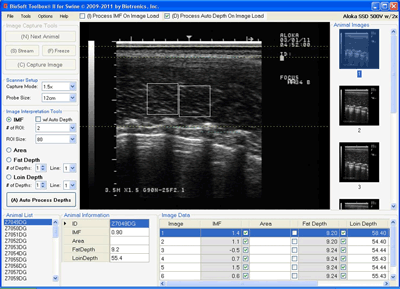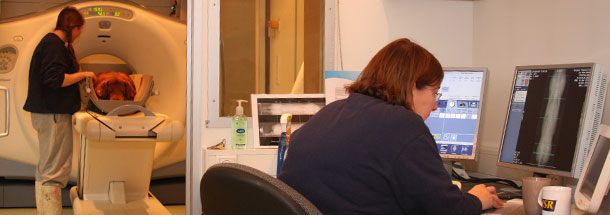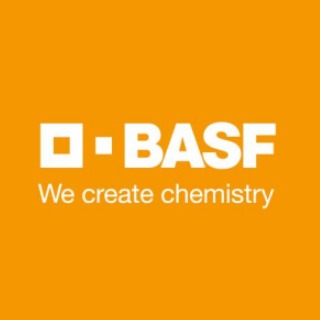Pioneering new technology, unique in the UK, is being used by JSR Genetics to enhance the flavour of pork by reintroducing more marbled meat, without adding back fat.
The image analysis software called BioSoft Toolbox® II - the only one of its kind in the UK - allows operators to analyse ultrasound scans from live animals to determine intra muscular fat (IMF) levels, the trait that determines not only flavor, but also tenderness and succulence.

“As IMF levels increase you get more loin marbling and better flavour,” confirms Stephen Waite, JSR Genetics’ Head of Science. “However, for many years, the trend has been for leaner back fat which has, in turn, reduced loin marbling. Now, with consumers seeking better eating quality, the aim is to regain more acceptable levels of fat within the muscle – but without putting on excessive back fat which would penalise producers.”
The new scanner software, developed by Biontronics Inc of Iowa in conjunction with Iowa State University, uses innovative ‘texture analysis’ technology enabling it to accurately measure IMF in the loin muscle of living animals.

Image 1: IMF scanning screen shot
Whilst ultrasound itself has countless proven human applications, the BioSoft® Toolbox II software is both cutting edge and specifically for animal use. Installed at the company’s flagship Newbottle Sireline Nucleus Unit, it is used to analyse both boars and gilts.
“Both Stephen and I were immediately struck by the potential of this technology for genetic selection when we first saw it presented at the World Congress on Genetics Applied to Livestock Production two years ago,” explains Dr Grant Walling, JSR’s Managing Director, “and after seeing the image analysis software in action at Iowa State University our hopes were realized.
“In genetic terms, being able to scan live animals, and therefore actively select for IMF without excess back fat, is far quicker than having to wait until slaughter to score animals. It means boars go into our AI studs with IMF measurement on both them and their relatives. As part of our commitment to enhancing meat eating quality we immediately ordered two: one for use in the UK and one for use at our Canadian nucleus farm. JSR staff has also been trained on-site at Iowa University.”
Whilst the pork industry may be undergoing a period of re-evaluation, the preference for fattier meat can also be cultural. In the UK, IMF levels average 1-3%, whereas in Asia, where IMF levels are scored at slaughter, values are higher: Korea for example, averaging 5-6%.

Image 2: JSR have also pioneered the use of CT scanning in the pig industry. The picture below shows JSR using mobile CT scanning equipment
Caroline Mitchell, JSR’s Meat Scientist, who leads JSR’s Food Quality Centre, where a Consumer Taste Panel of 12 -16 trained members of the public, has been specially selected for their ability to assess flavours, scents, textures and colours in meat, believes higher levels of IMF are really appreciated:
Whereas there are still many pigs in the UK with an IMF level of 1%, it is above 2% where the consumer really starts to appreciate the difference. Our taste panels have shown that ideally a value of 5% gives the fuller flavour and succulence that really appeals.”
New applications for Biotronic’s pioneering IMF software are also being investigated. “Developments are already underway, for example, looking at how this IMF software can be integrated into the slaughterhouse line,” explains Stephen. “By quickly identifying specific levels of loin marbling in carcasses, the scanner will enable carcasses to be directed towards high meat eating quality lines. That way both processors and producers will benefit from the sale of higher quality pigs.”

“The ultrasound scanner and IMF software is just one example of a whole range of technologies – including CT scanning and FIRE (feed intake recording equipment) - that we use to collect data to further our genetic improvement and test products for efficiency in ‘real life’ commercial situations,” concludes Dr Walling. “It is however, the perfect example of how, by being open to new ideas and willing to invest in the latest technology and worldwide expertise, we can help our customers to keep on meeting the changing tastes of consumers which is vital in keeping businesses responsive and profitable.
April 2, 2012 - JSR Genetics





